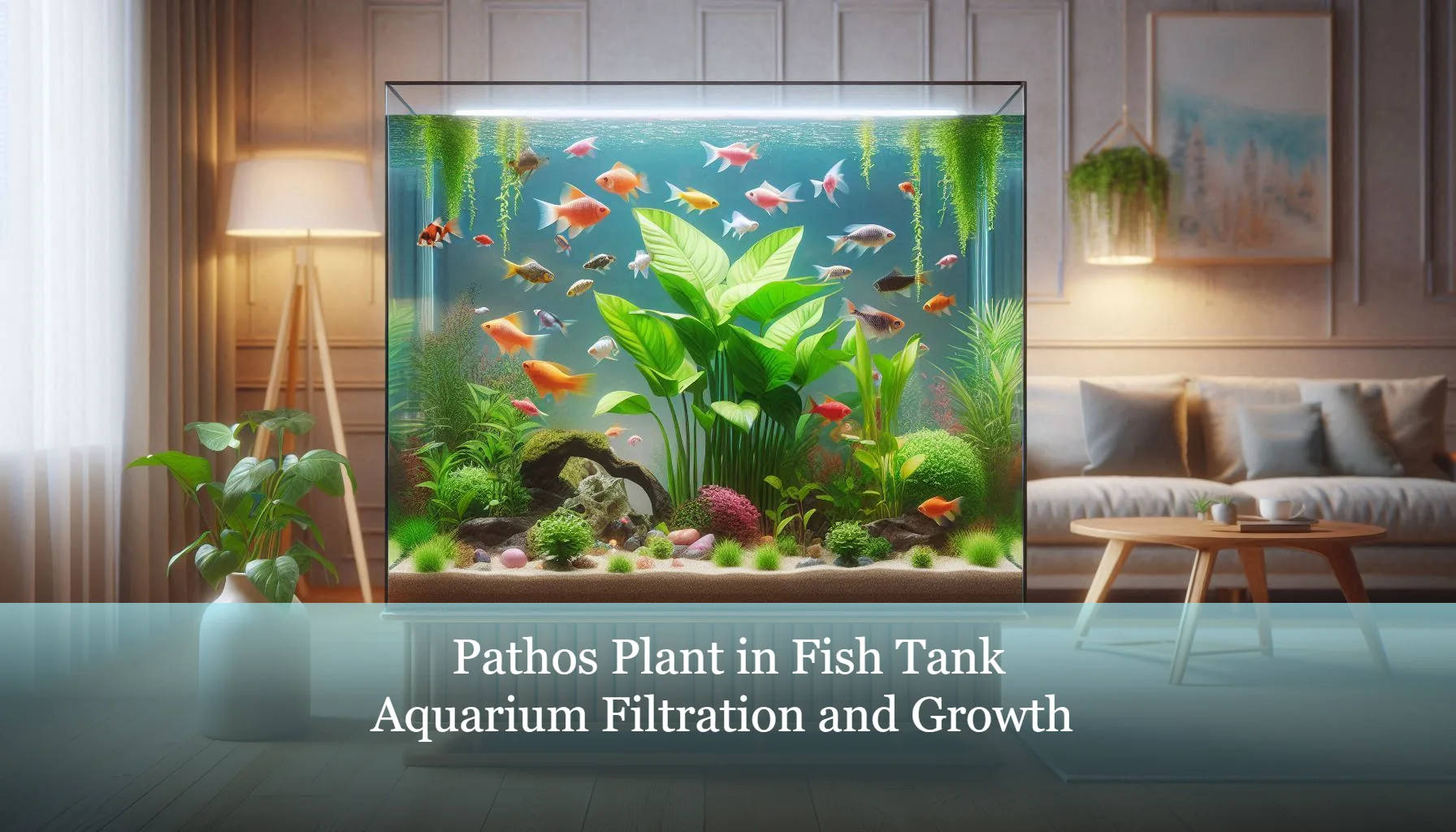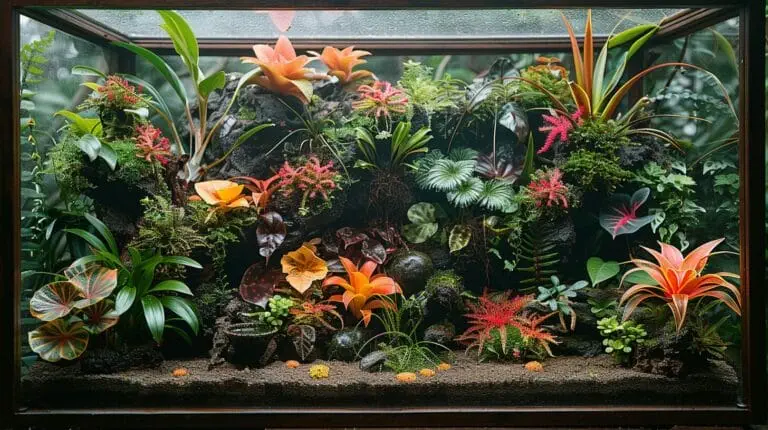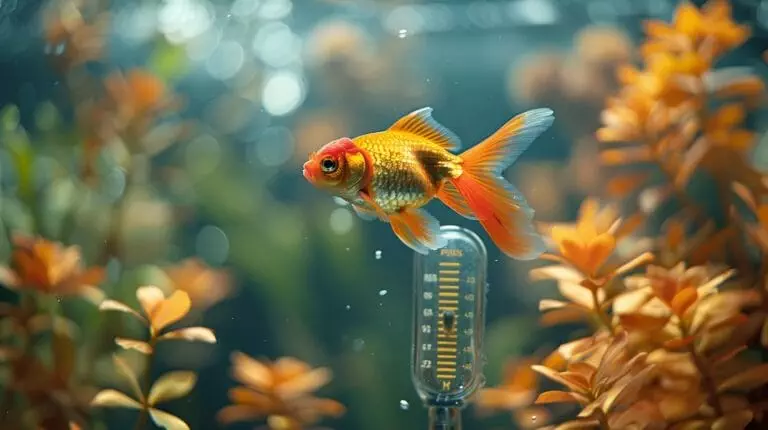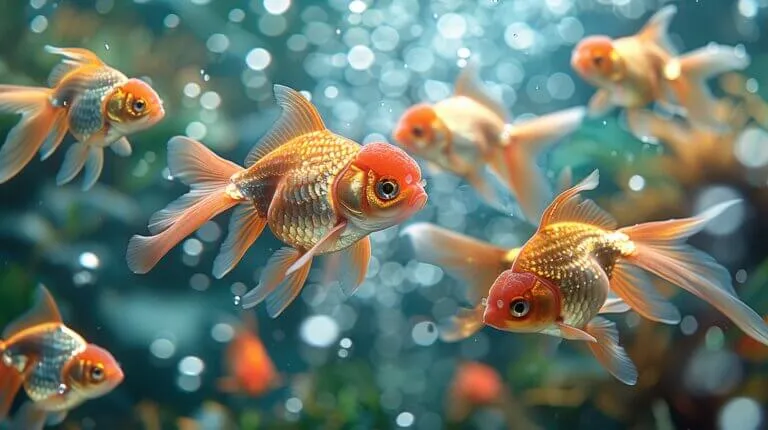If you’re looking to create a vibrant underwater world for your fish, the Pathos Plant in Fish Tank is an absolute must-have! This incredible plant not only beautifies your aquarium but also plays a vital role in keeping the water clean and safe for your aquatic friends. The Pathos plant absorbs toxins like nitrates and produces oxygen, which is essential for fish health. Without it, your tank could quickly turn into a murky place where fish struggle to thrive.
In this article, we’ll dive into the amazing benefits of the Pathos plant, including how it enhances natural filtration and supports a healthy ecosystem. You’ll learn tips for growing this hardy plant successfully, as well as how to create a beautiful jungle atmosphere that your fish will love. Get ready to discover why the Pathos plant is a favorite among aquarium hobbyists and how it can transform your fish tank into a thriving underwater paradise!
Understanding the Role of Pathos Plant in Fish Tank Filtration

How Pathos Enhances Aquarium Filtration Naturally
The Pathos plant (Epipremnum aureum) naturally filters aquarium water by absorbing harmful toxins such as ammonia, nitrates, and phosphates (Aquarium Co-op). This filtration reduces toxins that can be harmful to fish, improving water quality and supporting a balanced ecosystem. Its root system helps break down these substances, contributing to clearer and safer water.
The Science Behind Pathos Plant Root Growth in Water
Pathos thrives in aquatic environments, rapidly growing roots that absorb nutrients directly from the water (Singular Green). These roots provide surfaces for beneficial bacteria that assist in breaking down waste products, enhancing biological filtration. This root growth supports a stable and healthy aquarium environment.
Importance of Pathos in Maintaining Aquarium Health
By filtering toxins and producing oxygen through photosynthesis, Pathos plants promote a healthier environment for fish. They also offer shelter and hiding spots for fish, reducing their stress and supporting natural behaviors, thus maintaining overall aquarium health.
How to Successfully Grow Pathos Plant in Your Aquarium

Selecting the Right Light Conditions for Pathos Growth
Pathos thrives best in low to moderate indirect light. While it can tolerate low light, providing bright, indirect lighting encourages healthier growth. Avoid direct sunlight to prevent algae growth and leaf burn.
Common Challenges in Growing Pathos in Fish Tanks
Common challenges include:
- Overgrowth: Pathos grows vigorously and requires regular pruning.
- Algae proliferation: Caused by excessive light or over-fertilization.
- Water quality sensitivity: Fluctuations in pH or poor water can stress the plant.
- Competition: Overcrowding with other plants may limit resources.
References:
- Aquarzon
- PlantLife Project
Tips for Integrating Pathos With Other Aquarium Plants
- Choose companion plants with similar light and nutrient needs (e.g., Anubias, Java Fern).
- Maintain adequate spacing to prevent overcrowding.
- Use hydroponic setups where roots remain submerged while leaves are above water.
- Arrange plants to create layers for visual appeal and ecological balance.
References:
Pathos Plant and Aquarium Fish: A Symbiotic Relationship

Pathos and Its Benefits for Aquarium Fish Health
Pathos improves water quality by absorbing toxins and producing oxygen, creating an environment conducive to fish health. Its foliage offers shelter that reduces fish stress and aggression, encouraging natural behavior.
Avoiding Common Disease Problems with Pathos Presence
By maintaining clean water and reducing toxins, Pathos helps prevent diseases like fin rot and ich. Proper care ensures the plant remains healthy to continuously support water quality.
Expert Advice on Pathos and Fish Compatibility
Pathos is generally compatible with most freshwater fish species. However, some plant-eating or aggressive species may damage the plant. Observing fish behavior and choosing species wisely ensures harmony.
Expert Research and Recommendations for Aquarium Pathos Plants

Studies Highlighting Pathos Efficiency in Filtration
Research confirms that Pathos significantly reduces ammonia and nitrate levels, contributing to improved water clarity and fish health. Its rapid root growth enhances filtration efficiency.
Expert Quotes on Pathos as a Sustainable Aquarium Solution
Experts praise Pathos for its low maintenance, resilience, and natural filtration capabilities, recommending it as a sustainable choice for both novice and experienced aquarists.
Research-Backed Methods for Pathos Plant Optimization
- Regular pruning promotes bushier growth.
- Maintain moderate indirect lighting.
- Ensure clean, stable water parameters.
- Utilize hydroponic setups to optimize root access to nutrients.
Long-term Considerations and Trends for Pathos in Aquariums

Case Studies: Success Stories Using Pathos in Fish Tanks
Aquarists report improved water quality, reduced algae growth, and healthier fish populations after adding Pathos. Successes span from small betta tanks to large community aquariums.
Exploring Future Trends in Aquarium Plant Filtration
Emerging trends include advanced hydroponic systems, bioactive tank environments, eco-friendly practices emphasizing natural filtration, smart monitoring technologies, and community knowledge sharing.
User Experiences and Testimonials on Pathos Success
Users frequently highlight Pathos’s ease of care, adaptability to low light, positive impact on water quality, stress reduction in fish, and aesthetic enhancement of aquariums.
Conclusion
The Pathos plant is a valuable addition to aquariums, providing natural filtration by absorbing toxins and producing oxygen. It supports fish health by improving water quality and offering shelter. Easy to grow under varied light conditions and compatible with many fish species, Pathos promotes a balanced aquarium ecosystem while enhancing its beauty. With proper care including adequate lighting, pruning, and water maintenance, Pathos can transform any fish tank into a thriving underwater habitat.
FAQs
1. What is the best light condition for growing Pathos in an aquarium?
Bright indirect light is ideal; however, Pathos tolerates low light but grows slower.
2. Can Pathos grow fully submerged?
It can survive submerged roots with leaves above water; full submersion slows growth.
3. Is Pathos safe for all fish?
Yes, generally safe except for some plant-eating or aggressive species.
4. How often should I prune my Pathos plant?
Prune every few weeks to control size and encourage healthy growth.
5. How does Pathos improve aquarium water quality?
By absorbing ammonia, nitrates, phosphates, and producing oxygen via photosynthesis.





